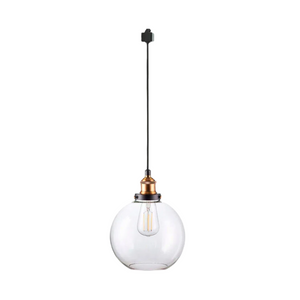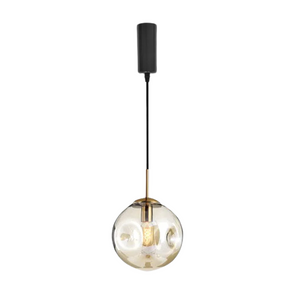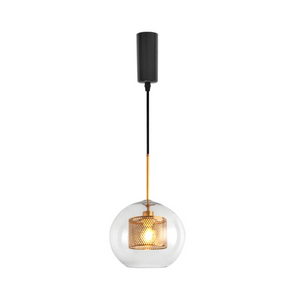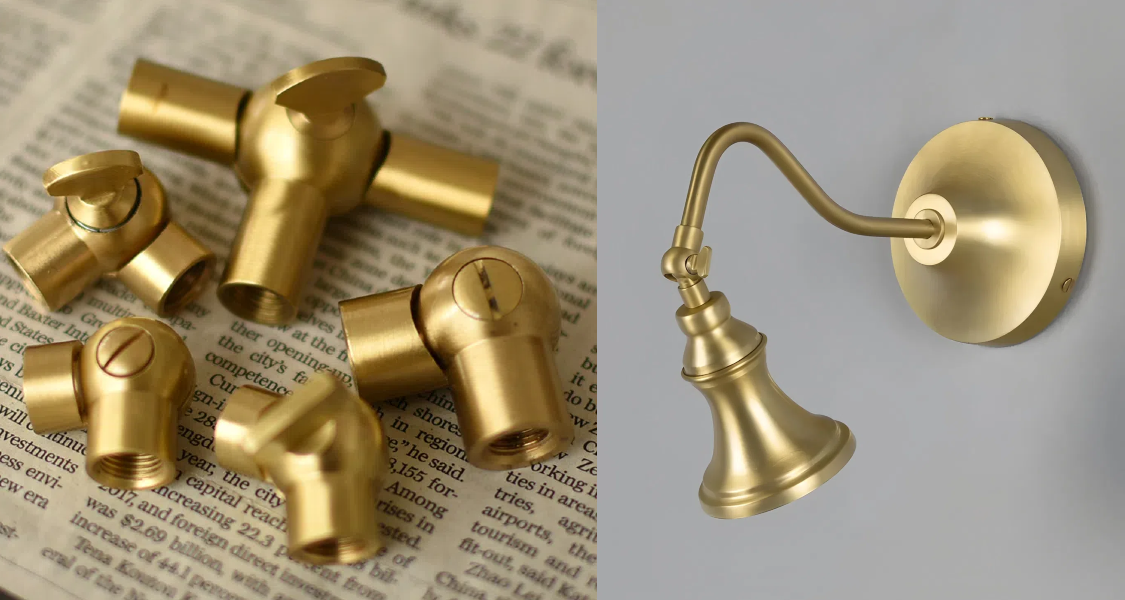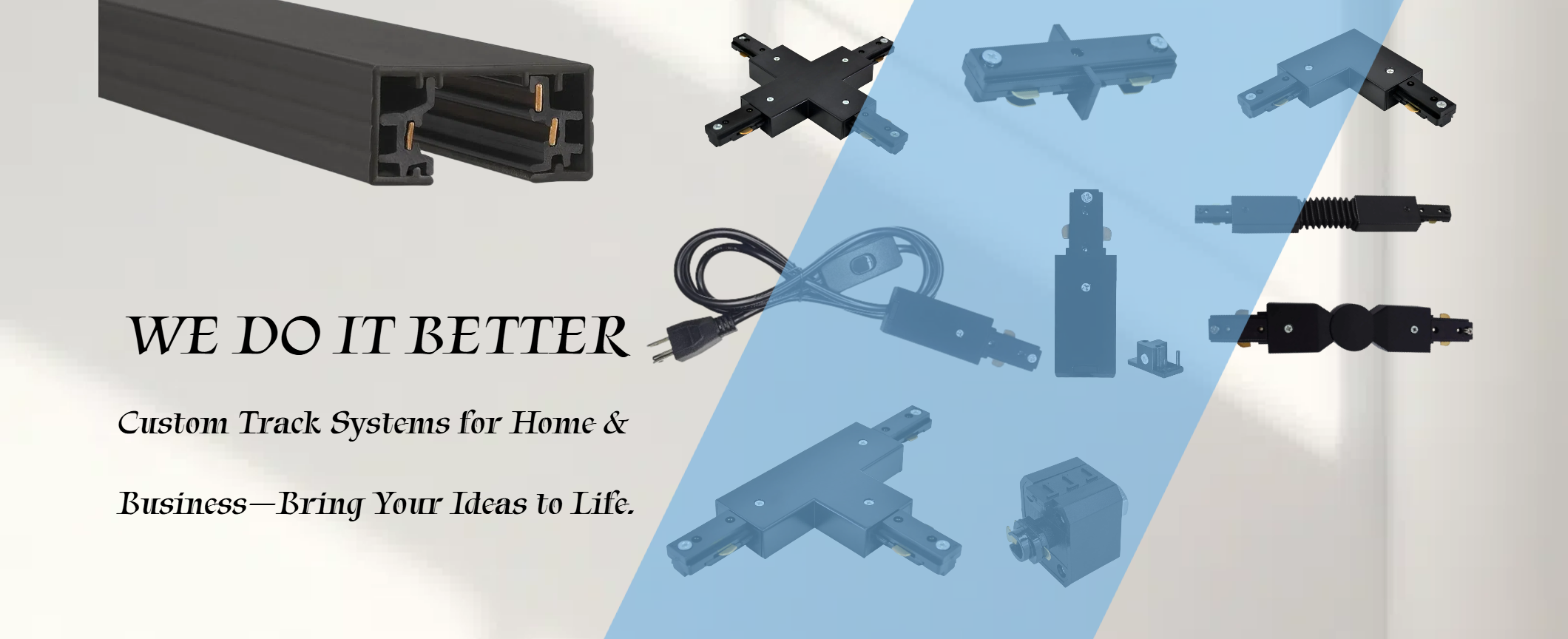Your LED lights shouldn't flicker, but if they do, there's always a reason behind it that you can actually fix. LED lights flicker because they're built differently from traditional bulbs and react more dramatically to electrical inconsistencies, dimmer incompatibility, and power fluctuations. What seems like a mysterious lighting problem usually boils down to one of seven common issues, from using the wrong dimmer switch to having loose wire connections.

The best part about LED light flickering causes is that most have straightforward solutions you can handle yourself in under an hour. Once you pinpoint the problem, you'll know exactly how to fix flickering LED lights and prevent it from happening again.
What Makes LED Light Flickering Different from Regular Bulbs?
How LED Technology Works vs. Traditional Bulbs
LEDs don’t work the same way as old-school bulbs, which is why you might notice them flicker more. Here’s a quick look at how they’re different:
| Aspect | LED Lights | Traditional Incandescent |
|---|---|---|
| Light Production | Semiconductor converts electricity directly to light | Metal filament heated until it glows |
| Response Time | Instant on/off (milliseconds) | Gradual warming/cooling (seconds) |
| Power Sensitivity | Extremely sensitive to voltage changes | Tolerates power fluctuations well |
| Operating Mode | Digital (fully on or completely off) | Analog (gradual dimming possible) |
| Power Requirements | Needs DC power via LED driver | Uses AC power directly |
| Flicker Visibility | Immediately visible when issues occur | Naturally masked by filament persistence |
Normal vs. Problematic LED Flickering
It’s pretty easy to tell when your LED lights are fine and when they’re acting up. Knowing the difference helps you figure out when to step in.
| Aspect | Normal LED Flickering | Problematic LED Flickering |
|---|---|---|
| Frequency | Over 100 times per second | 1–30 times per second |
| Visibility | Invisible to most people | Clearly noticeable strobing |
| Cause | Built-in LED driver operation | Electrical issues or component problems |
| Effect | No impact on daily use | Annoying, distracting, potentially harmful |
| Action Needed | None – this is normal | Troubleshooting and repair required |
| Duration | Constant but unnoticeable | Intermittent or constant visible pulsing |
Why LED Flickering is More Noticeable Than Other Bulbs
LED flickering stands out more than regular bulb problems for these simple reasons:
- Regular bulbs stay lit for a split second after power cuts out, but LEDs turn off instantly. The hot wire in old bulbs keeps glowing briefly, which hides small power problems that make LEDs flicker.
- LEDs switch from full brightness to completely off in milliseconds. Regular bulbs dim slowly when power drops, but LEDs create sharp on-off flashing that catches your eye right away.
- LEDs shine light in one direction, making flickering more obvious. Regular bulbs spread soft light everywhere, but LEDs create focused beams that make flickering shadows and bright spots more dramatic.
- LED electronics try to keep light steady, which can make small power problems look worse. When power fluctuates, the LED's control system fights to maintain brightness, creating visible pulsing that you wouldn
What Causes Your LED Lights to Flicker?
LED light flickering usually comes down to seven main problems that most homeowners run into. The constant strobing might seem random, but there's always a specific reason behind it. Once you know what to look for, you can usually figure out which issue is causing your particular flickering problem.
Your Dimmer Switch Is Too Old for LEDs

Old dimmers made for regular bulbs don't work with LEDs. They cause flickering and buzzing instead of smooth dimming. The problem is worst when the dimmer is halfway up. Installing an LED-compatible dimmer stops this flickering.
Your Home's Power Keeps Changing
LEDs react instantly to power changes in your home. When big appliances turn on or during storms, your LEDs flicker. You see this when the air conditioner starts - that's power fluctuation affecting your LEDs.
Wire Connections Are Loose
Loose wires in wall boxes, bad switch contacts, or loose bulbs cause flickering. These create random power drops. The flickering seems unpredictable and gets worse when you touch switches.
Your LED Bulbs Are Bad Quality
Cheap LED bulbs have poor parts that fail fast. If only some lights flicker while others work fine, those bulbs are the problem, not your electrical system.
Too Many Things Use the Same Circuit
Overloaded circuits don't have enough power for everything. Flickering gets worse when more devices run and better when you turn things off. This happens often in kitchens.
Your LEDs Get Too Hot
LEDs overheat in enclosed fixtures or hot areas and start flickering. The problem gets worse in hot weather or after running for hours.
The Electronics Inside Are Breaking
LED bulbs have electronic parts that can fail. When they break, they can't control power properly and cause flickering that gets worse over time.
How to Tell What's Wrong with Your Flickering LEDs
Figuring out why your LED lights flicker doesn't have to be complicated. Most flickering problems leave clear clues that point you toward the right solution. Before you start replacing bulbs or calling an electrician, take a few minutes to observe the flickering pattern and gather some basic information about when and where it happens.
Gather These Simple Tools
You'll need basic equipment to safely check your flickering LEDs:
- Non-contact voltage tester - Buy one at any hardware store for under $20
- Basic screwdriver set - Phillips and flathead for removing switch plates
- Your smartphone - Use the camera to detect fast flickering you can't see
- Notepad and pen - Track flickering patterns over several days
- Flashlight or headlamp - See clearly when power is turned off
- Multimeter (optional) - Helpful for checking exact voltage levelsMost of these tools are things you probably already have around the house. The voltage tester is the only specialty item you might need to buy.
Turn Off Power First
Always shut off electricity before touching any electrical components. Find the right circuit breaker for your flickering lights and flip it to the off position. Use your voltage tester to double-check that power is really off by testing the switch or fixture you're working on. If you're not sure which breaker controls your lights, turn off the main breaker to be safe. Never trust that flipping a switch turns off power - always test with your voltage tester first. Keep other people away from your work area and have good lighting ready so you can see what you're doing.
Spend a few minutes observing your LED lights to identify what type of flickering you're dealing with:
- Rapid strobing - Multiple flickers per second, usually dimmer-related
- Slow pulsing - Once per second or slower, typically power supply issues
- Random flickering - Unpredictable on-and-off, often loose connections
- Group flickering - Multiple lights flicker together, circuit problems
- Startup flickering - Only when first turned on, bulb or driver issues
- Dimmer flickering - Only happens when dimmed, dimmer compatibility problem Test your lights at different times of day and note when appliances like air conditioners or washing machines turn on. Record which rooms have flickering and whether it affects all lights or just certain ones.
8 Proven Ways to Fix Flickering LED Lights

Once you know what's causing your LED lights to flicker, you can fix the problem with the right solution. Most flickering issues have simple fixes that you can handle yourself. Here are the most effective ways to stop LED flickering — starting with the easiest solutions.
1. Replace Your Old Dimmer Switch
First, turn off the circuit breaker and remove your old dimmer by unscrewing it from the wall box. Next, disconnect the wires and connect them to a new LED-compatible dimmer the same way — usually two black wires and one ground wire. You'll want to buy dimmers labeled "LED compatible" at any hardware store for $15-40; just make sure the new dimmer can handle your total LED wattage. The whole job typically takes about 15 minutes.
2. Put in Better LED Bulbs
Start by unscrewing your flickering LED bulbs and replacing them with quality brands like Philips, GE, or Cree. Simply turn the old bulb counterclockwise to remove it, then screw in the new LED until snug. When shopping, buy bulbs with at least 3-year warranties and avoid the cheapest ones. If several bulbs are flickering, it's best to replace them all since they're probably from the same bad batch.
3. Tighten All Electrical Connections
Begin by turning off power at the breaker, then remove switch plates to check wire connections. Look carefully for loose wire nuts and wires that have pulled free — these are common culprits. You'll need to tighten loose connections by hand or with pliers, making sure wires are fully pushed into wire nuts. Also check that LED bulbs are screwed in tight; loose bulbs often cause flickering. Finally, replace any corroded wire nuts with new ones.
4. Add Voltage Stabilizers
Consider installing a whole-house surge protector at your electrical panel if power fluctuates frequently in your area — though this requires an electrician since it involves high-voltage connections. For single circuits, you can plug in voltage regulators that cost $50-200 at electrical supply stores. These devices work by keeping power steady when utility voltage changes throughout the day.
5. Move Devices to Different Circuits
Start by unplugging high-power appliances like space heaters, microwaves, or hair dryers from circuits with flickering lights. To identify which devices share circuits, turn off breakers one at a time and see what stops working. Then spread your electrical load by using outlets on different circuits for major appliances. If needed, have an electrician add new circuits — but only if your panel has available space.
6. Replace LED Drivers in Fixtures
First, turn off power and remove the fixture cover to find the LED driver — a small rectangular box with wires coming in and out. Before disconnecting anything, take a photo of the connections for reference later. Then install a replacement driver with identical specifications; these are available online or at electrical stores for $10-50. Finally, connect the wires exactly as shown in your reference photo.
7. Add Airflow Around LED Bulbs
Begin by removing covers or shades that completely surround LED bulbs, especially in recessed ceiling lights. If you must keep covers on, use LED bulbs specifically rated for enclosed fixtures instead. Where possible, add ventilation holes to fixture housings for better airflow. Most importantly, keep LED bulbs away from heat sources like stoves or heating vents.
8. Buy Flicker-Free LED Bulbs
Look for LED bulbs labeled "flicker-free" or with "high-frequency drivers" from brands like Soraa, Waveform Lighting, or certain Philips models. While these bulbs cost more, they have better electronics that prevent visible flickering. When shopping, look for LEDs with flicker rates above 1000 Hz on the packaging — this ensures the steadiest light output.
LED Dimmer Compatibility: What You Need to Know
Most LED flickering comes from using old dimmers made for regular bulbs. LEDs need different dimmer technology to work properly without flickering or buzzing.
Which Dimmers Work with LEDs
Choose the right dimmer type to stop flickering:
- Trailing-Edge Dimmers ($25-50) - Best for LEDs, smooth dimming
- Leading-Edge Dimmers ($10-20) - Avoid these, cause flickering
- Universal Dimmers ($30-60) - Work with any bulb type
- Smart Dimmers ($40-80) - Check LED compatibility first
How to Choose the Right LED Dimmer

Follow these steps to pick a dimmer that won't cause flickering:
- Check your total LED wattage - Add up all bulb watts and choose a dimmer rated 50-100 watts higher
- Find low-wattage compatible dimmers - LEDs use little power, so avoid dimmers requiring 40+ watts minimum
- Use manufacturer compatibility lists - Check online tools before buying to match your LED bulbs
- Buy quality dimmers ($25-50) - Cheap dimmers cause flickering and can damage LEDs
Installing Your LED Dimmer
Proper installation prevents flickering problems:
- Turn off power at breaker and test with voltage tester
- Remove old dimmer and take a photo of wire connections
- Connect new dimmer following the diagram exactly
- Tighten all wire connections securely
- Test all dimmer settings from low to high
- Confirm all bulbs say "dimmable" on the package
When You Need to Call an Electrician for LED Flickering
Signs You Need Help Right Now
Call an electrician immediately if you notice any of these dangerous warning signs:
- Lights flicker throughout your entire house
- You smell burning near switches or outlets
- Wall plates feel warm to touch
- You see sparks when flipping switches
- Circuit breakers keep tripping repeatedly
- Multiple circuits flicker at the same time
- Your electrical panel makes buzzing sounds
- Flickering happens in newly installed fixtures
Problems Only Electricians Can Fix
Some LED flickering problems require professional skills and can't be safely handled by homeowners:
- Adding new circuits for overloaded ones
- Upgrading old electrical panels
- Rewiring homes with outdated systems
- Any work requiring permits or inspections
- High-voltage connections at main panels
- Outdoor wiring problems
- Hardwired fixture installations Professional electrical work protects your family and saves money in the long run. Electricians charge $100-300 for most flickering repairs. This small cost prevents much bigger problems like house fires, electrocution, or insurance claim denials. Professional work comes with warranties and follows safety codes that protect your family and home value.DIY electrical mistakes can cost thousands to fix later and put your family at serious risk.
How to Stop LED Lights from Flickering Before It Starts
Buy Good Quality LED Bulbs
Buy LED bulbs from known brands like Philips, GE, or Cree instead of cheap unknown ones. Look for bulbs with 3-year warranties and Energy Star labels. Skip extremely cheap LEDs from discount stores because they break quickly.Choose dimmers labeled "LED compatible" that can handle your total wattage. Read reviews before buying and shop where you can return items if they don't work right.
Check Your Electrical System Regularly
Test electrical connections once a year by gently wiggling switches and outlets. Replace switches that feel warm, make noise, or work sometimes but not always. Keep your electrical panel clean and don't overload circuits.Have a professional inspect your electrical system every 10 years in newer homes or every 5 years in older homes. Fix small problems quickly before they cause flickering or worse issues.
Install LEDs the Right Way
Turn off power at the breaker before installing LEDs or changing switches. Use proper wire nuts and make sure all connections are tight. Don't put more wattage on circuits or fixtures than they can handle.Put LEDs in fixtures with good airflow and never use regular LEDs with dimmer switches. Follow all manufacturer directions and test everything before finishing. Ask an electrician if you're not sure about anything.
Fix Your Flickering LED Lights in Minutes
Most LED flickering comes from simple problems like old dimmers or loose connections that you can fix yourself today. Start by checking if your dimmer works with LEDs, then tighten any loose bulbs or connections. If you see sparks or smell burning, call an electrician right away. Don't let annoying flickering ruin your home's lighting when these easy solutions can solve the problem fast.
